Anglea Kinsey does a wonderful job of being compassionate to the feline population as she plays the role of Angela Martin on the show ‘The Office’. But did you know she also demonstrates equal sympathy for the plight of sea turtles as a spokesperson for Oceana?
Back in December, Angela Kinsey and Racheal Harris (The Hangover) joined up with Oceana for a campaign to get “Sea Turtles Off the Hook!” It is a focused on asking folks to reassess commonly used fishing gear because they may be harmful to sea turtles. She gently reminds us all to “Cut down on your use of plastic shopping bags because many end up in the ocean. If you’re at a beach where there are sea turtles, just let them be. And don’t throw trash out on the street near coastlines. Pick it up!”



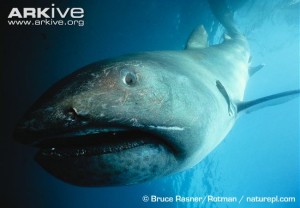
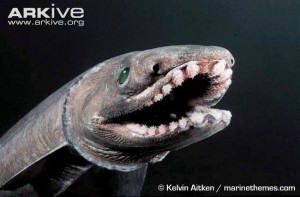
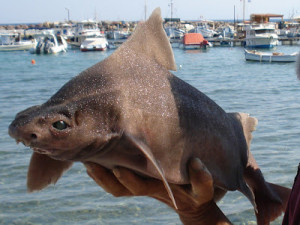
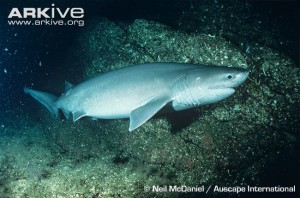
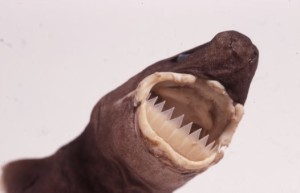
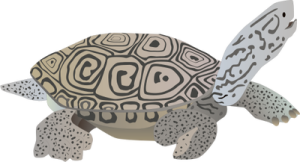
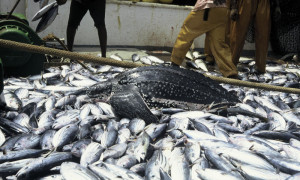
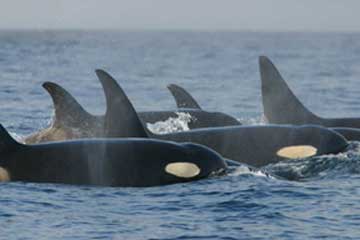



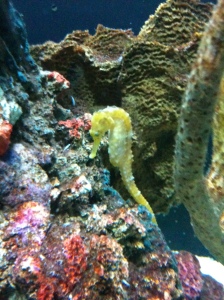







What people are saying …